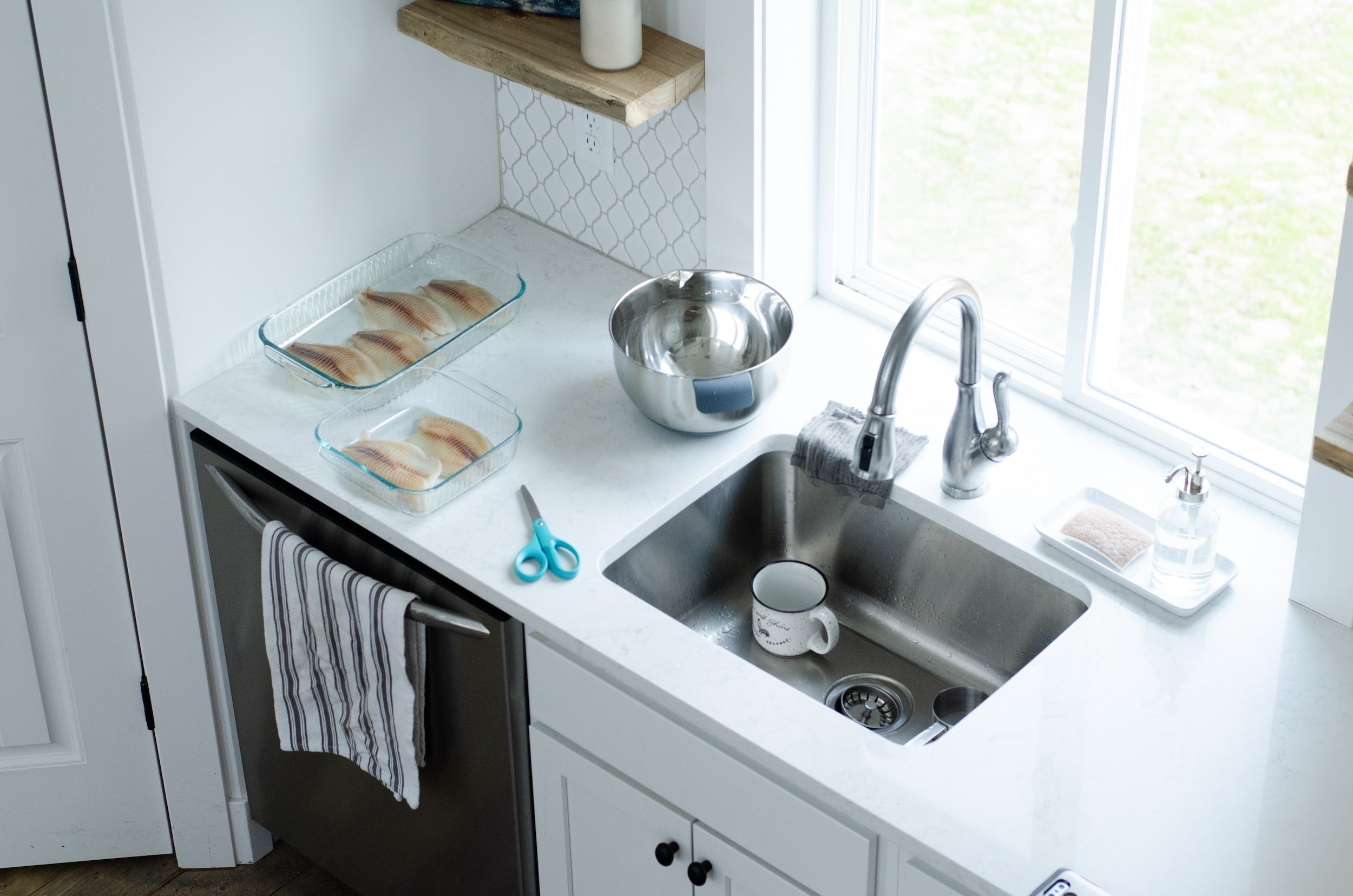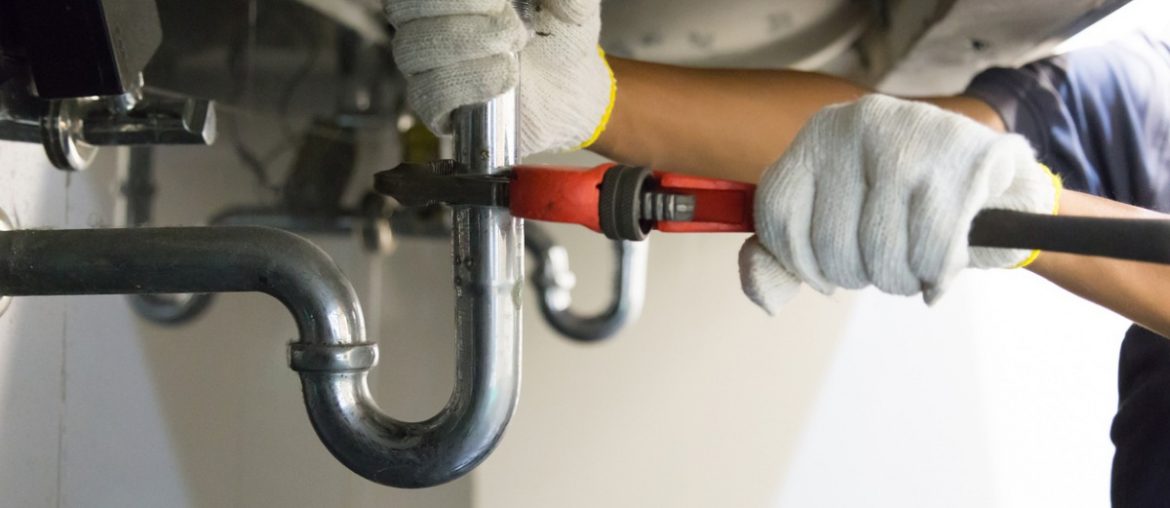Comprehending the ABCs of Home Plumbing: A Beginner's Overview
Comprehending the ABCs of Home Plumbing: A Beginner's Overview
Blog Article
We have found this great article relating to Plumbing Basics Every Homeowner Should Know down the page on the web and thought it made sense to discuss it with you on this page.

Plumbing is an important facet of any kind of home, in charge of providing clean water for drinking, cooking, and showering, in addition to removing wastewater safely. Recognizing the fundamentals of home plumbing is important for every single homeowner to ensure appropriate maintenance, troubleshooting, and, if essential, repairs. In this novice's guide, we'll cover the fundamental ideas of home plumbing to aid you come to be a lot more aware of exactly how it functions.
Water Furnace
The water furnace is in charge of heating water for domestic usage, consisting of bathing, cooking, and cleansing. Typical types of water heaters include tank-type hot water heater, tankless (on-demand) hot water heater, and heatpump hot water heater. The water heater is linked to the water supply system and provides warm water to plumbing fixtures as needed.
Water drainage System
The drainage system removes wastewater from your home and lugs it away to a sewage therapy facility or septic system. It consists of a network of pipes, fittings, and components that carry wastewater from plumbing fixtures to the primary sewer line or septic system. Appropriate drainage is important to protect against blockages, back-ups, and sewage leakages.
Ventilation System
The ventilation system aids maintain proper air pressure and protect against drain gases from entering your home. Air vent pipelines, additionally called vent heaps, prolong from plumbing fixtures to the roofing system, enabling sewage system gases to run away securely outdoors. Ventilation pipelines additionally enable air to enter the drain system, helping with smooth wastewater flow and protecting against suction or vacuum effects.
Supply Of Water System
The water supply system brings clean water right into your home from a local water resource or a private well. It includes a primary water line that links to your home's plumbing system, typically situated underground. A water meter measures the amount of water taken in, while a shut-off shutoff permits you to control the circulation of water into your home.
Plumbing Components
Plumbing components are tools that deliver water to various parts of your home and consist of sinks, taps, bathrooms, showers, bathtubs, and appliances such as dishwashing machines and cleaning equipments. Each fixture is attached to the water system by means of pipes and fittings and might have its shut-off valve for upkeep or emergency situations.
Usual Plumbing Tools
Having the right tools on hand is crucial for doing basic plumbing fixings and maintenance jobs. Typical plumbing devices consist of flexible wrenches, monkey wrench, pliers, pipe cutters, hacksaws, plungers, augers (or drainpipe serpents), and Teflon tape. Having these devices conveniently offered can aid you deal with minor plumbing concerns successfully.
Standard Plumbing Fixings
While some plumbing repairs might call for specialist aid, several typical problems can be attended to with standard DIY strategies. Understanding just how to deal with a dripping faucet, unblock a drainpipe, replace a toilet flapper, or repair a trickling showerhead can save you money and time on plumbing fixings.
Conclusion
Recognizing the essentials of home plumbing is necessary for each home owner to keep a secure, practical, and effective plumbing system. By familiarizing yourself with the water system, plumbing fixtures, drainage system, air flow system, typical plumbing tools, and standard repair work, you can with confidence address small plumbing concerns and guarantee your home's plumbing system runs efficiently.
Plumbing for Beginners: A Comprehensive Guide
If you’re a beginner when it comes to plumbing, don’t worry; you’re not alone. Plumbing may seem intimidating, but with the right knowledge and a little practice, you can handle many common plumbing issues on your own. In this comprehensive guide, we will demystify the world of plumbing for beginners, providing you with the basic knowledge and skills needed to tackle common plumbing problems and even take on some DIY plumbing projects.
The Importance of Basic Plumbing Knowledge for Beginners:
First and foremost, basic plumbing knowledge gives you a solid foundation. It helps you grasp the key concepts and terminology that are essential in this field. By learning the basics, you’ll be able to build upon that knowledge and tackle more complex plumbing tasks in the future.
Having a basic understanding of plumbing also enables you to handle common issues that may arise in your home. Picture this: a leaky faucet or a clogged drain. With some basic plumbing knowledge, you’ll have the confidence to troubleshoot and fix these problems on your own. It saves you from unnecessary expenses and the hassle of waiting for a professional to arrive.
As a beginner, learning the basics of plumbing empowers you to take care of your own home. It gives you a sense of independence and self-reliance. You’ll no longer have to rely solely on professionals for every small issue that pops up. Instead, you can handle many tasks yourself, saving time and money in the process.
Remember, everyone starts as a beginner. Embrace the learning process and take small steps to expand your plumbing knowledge. There are plenty of online resources, tutorials, and even local workshops that talk about plumbing for beginners.
Essential Tools for Plumbing for Beginners
As you start your plumbing journey, having the right tools in your toolbox is crucial. Let’s explore some of the must-have tools:
Adjustable Wrench:
This versatile tool is a staple in any plumber’s toolbox. It allows you to tighten or loosen nuts and bolts of various sizes. Make sure to have an adjustable wrench with a comfortable grip.
Pipe Wrench:
A pipe wrench is specifically designed for gripping and turning pipes. It has serrated jaws that provide a strong grip, making it easier to loosen or tighten threaded pipes and fittings.
Plunger:
The plunger is a simple yet effective tool for clearing clogged drains and toilets. It creates suction when you push and pull, helping to dislodge blockages. Keep a good-quality plunger handy for those unexpected clogs.
Pipe Cutter:
When it comes to cutting pipes, a pipe cutter is your go-to tool. It creates clean, precise cuts without damaging the pipe. Look for a pipe cutter that can handle the pipe sizes you’re working with.
Hacksaw:
A hacksaw is useful for cutting through pipes, screws, and other materials. It’s a versatile tool that can handle different cutting tasks. Remember to use a blade suitable for cutting metal.
Tape Measure:
Accurate measurements are crucial in plumbing. A tape measure allows you to measure pipe lengths, distances, and dimensions accurately. Opt for a sturdy tape measure that extends a good length.
Pliers:
Pliers come in handy for various tasks, such as gripping, bending, and cutting. Slip-joint pliers with adjustable jaws are great for gripping pipes, nuts, and bolts.

Do you appreciate reading about Plumbing basics: How your home plumbing works? Give a remark further down. We will be glad to listen to your ideas about this entry. In hopes that you come back again in the near future. Do you know another person who is looking into the niche? Feel free to share it. I value your readership.
Get Started Report this page